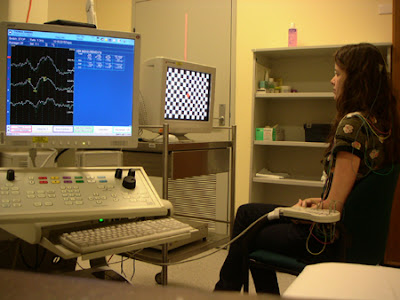one was the high society exhibition at the wellcome collection
very well put together, thought provoking and, in places, really beautiful
the exhibit is not too large but does contain a good chunk of material
i would strongly encourage you to go
it is just round the corner & public science does not get much better than this
there are several associated events, one, a tour with the curator is on this evening (dec 16 @ 1800-1845)
_ _ _
my highlights:
1) the home-made crack pipe & the crack pipe art by keith coventry
have never come across a crack pipe before & the delivery device is ingenious
the thinking behind one of keith coventry's pieces was to do with the user's experience of the pipe - they cannot experience any part of the 'moment' except where they are in relation to the pipe - serious addiction
2) drug use through history
cannabis has been used in india for thousands of years
the british used opium (which contains 12% morphine) to gain advantage over other colonising powers in china
the opium was grown (forcibly) in places like bengal & trafficked by the east india company
rich chinese smoked it using beautiful expensive pipes, the poor using simple apparatus (partly to reduce hunger)
there were also interesting insights into the tribal use of various compunds eg peyote cactus
famous users were also detailed, eg freud, coleridge & sherlock holmes (who injected opium until he was weaned by watson)
currently the (illegal) global cannabis industry ($113bn per year) is worth more than coffee ($98bn) or porn ($95bn)
3) animals on drugs
the animal experiments shown were great
NASA gave various substances to spiders & recorded their subsequent webs
bruce alexander's 'rat park' experiments are also shown
his hypothesis was that well housed rats will be less 'addicted' to morphine
to test this he did a series of experiments comparing rats living in 'rat park', a 200 sq foot rodent paradise with play areas, privacy areas & lots more besides to similar rats living in cages
the 'free' rats were 16 times less likely to drink morphine water compared to caged rats when given a free choice
fascinating stuff!
_ _ _
lots to think about as we (collectively) will consume large quantities of drugs over the holidays (alcohol, caffeine, whatever ...)
Salaam












